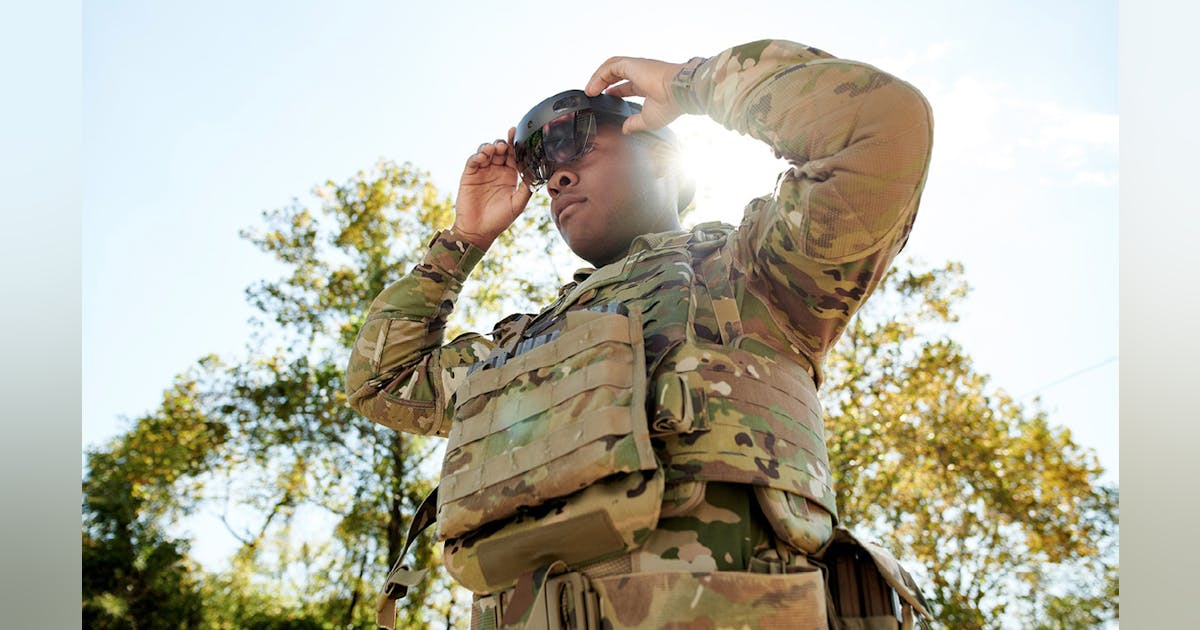Latency in sensor data refers to the delay between data capture and its availability for processing and display. In the Integrated Visual Augmentation System (IVAS), managing this latency is crucial for ensuring timely and effective situational awareness. Here are the strategies IVAS employs to handle sensor data latency:
1. Optimized Data Processing
- Parallel Processing: IVAS utilizes parallel processing techniques to handle data from multiple sensors simultaneously. This approach reduces bottlenecks and speeds up the overall data analysis.
- Lightweight Algorithms: Implementing efficient algorithms that require less computational power can help in processing data faster, minimizing delays.
2. Real-Time Data Fusion
- Sensor Fusion Techniques: By combining data from different sensors quickly, IVAS can provide a more immediate and cohesive understanding of the environment. Techniques like Kalman filtering and particle filtering assist in merging data efficiently, reducing the time required for analysis.
- Asynchronous Data Handling: IVAS can process data from sensors asynchronously, allowing the system to continue functioning while waiting for data from slower sensors.
3. Prioritization of Critical Data
- Dynamic Prioritization: The system can prioritize data that is crucial for immediate decision-making. For instance, visual data may be prioritized over environmental data in a combat scenario.
- Adaptive Sampling Rates: IVAS can adjust the frequency of data collection based on the operational context, focusing on more critical sensors when necessary.
4. Buffering and Caching
- Data Buffering: Temporary storage of incoming sensor data allows the system to manage spikes in data flow and ensures that critical information is not lost during processing.
- Caching Frequently Used Data: Frequently accessed data can be cached for quicker retrieval, reducing the need for repetitive processing.
5. Latency Compensation Techniques
- Predictive Algorithms: Using past data to predict future states can help compensate for latency. This allows the system to provide users with timely information based on expected conditions.
- Feedback Loops: Continuous feedback from sensors can help adjust the system's output in real-time, providing corrections and updates as new data comes in.
6. User Interface Optimization
- Visual Cues: The IVAS interface can provide visual indicators of data freshness, allowing users to interpret the reliability of the information they are seeing.
- Contextual Information: Presenting additional context, such as historical data or trends, can help users make informed decisions while waiting for real-time updates.
Conclusion
IVAS effectively manages sensor data latency through a combination of optimized processing techniques, real-time data fusion, prioritization of critical information, and user interface enhancements. By addressing latency challenges, IVAS ensures that users receive timely and accurate situational awareness, which is essential for operational success in dynamic environments.


